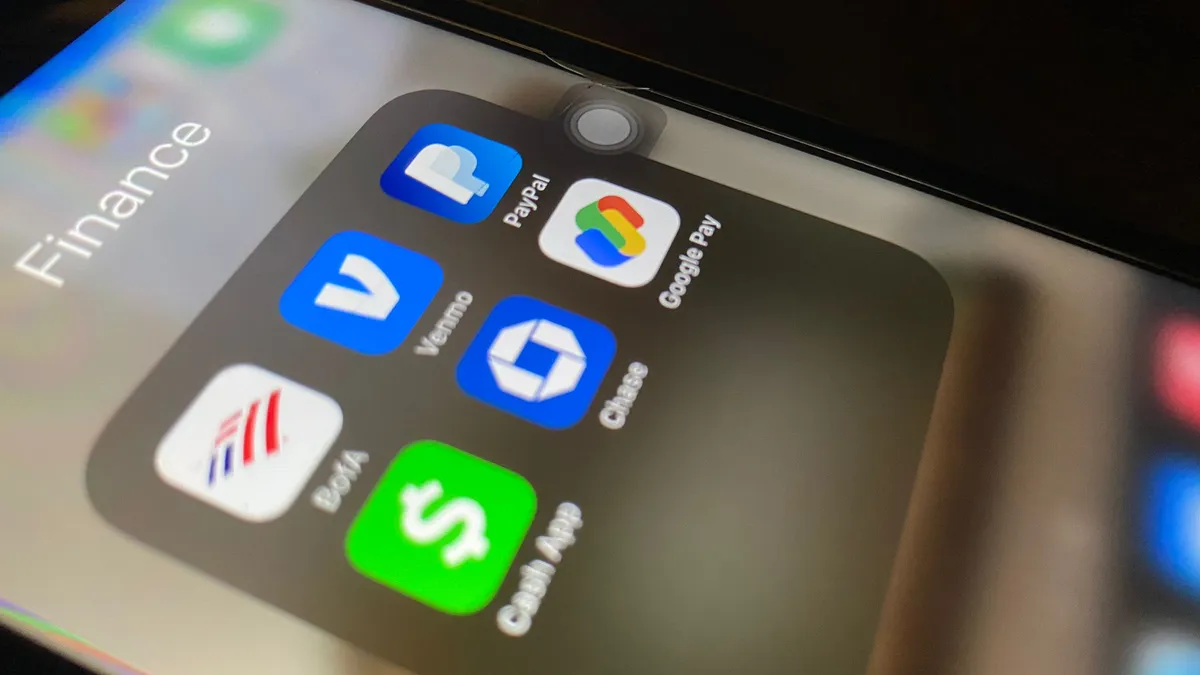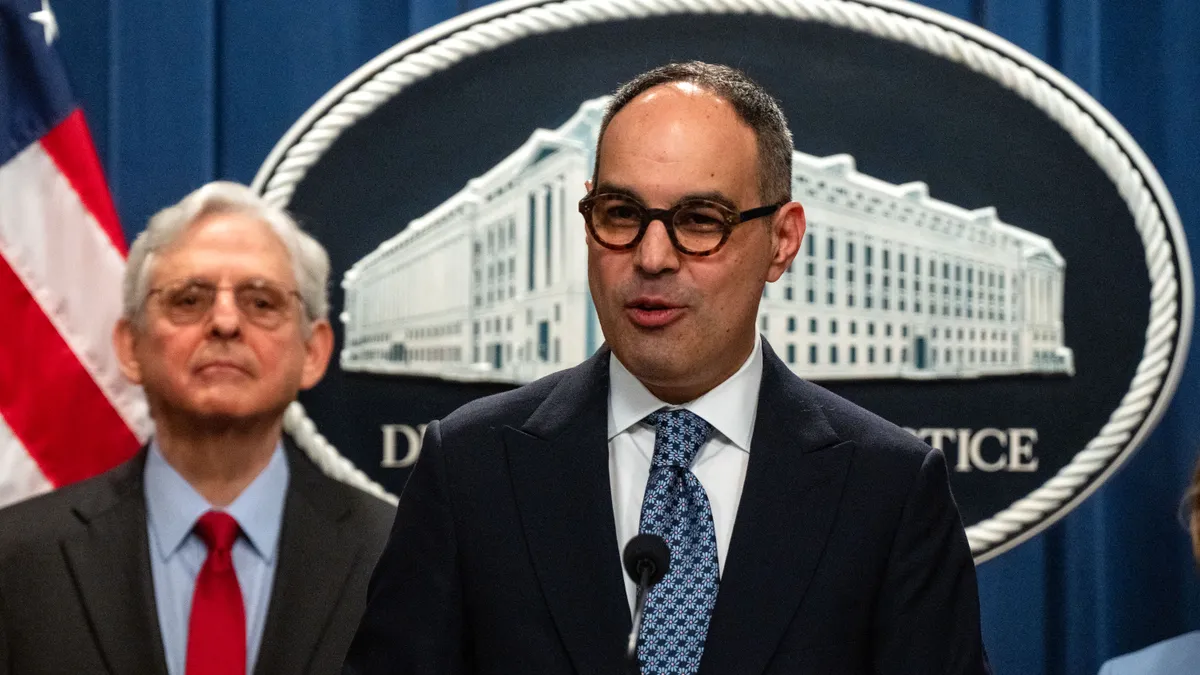Dive Brief:
- In its outlook for next year, the research firm Forrester predicted that regulators will put in place new regulations regarding buy now-pay later installment payments to protect consumers, increasing compliance requirements for providers. Also, major banks will make a more aggressive move into BNPL with acquisitions of BNPL platforms like Amount, Sezzle or Splitit, Forrester forecast in the report published Monday.
- Investors are likely to pour a record $40 billion into payments technology companies next year, mainly focused on "providers that build services for platforms and e-commerce," Forrester said in the outlook. The firm also projects that B2B e-commerce sales will reach $1.8 trillion by 2023 and that there will be a resurgence of digital wallets and QR code use.
- Forrester also expects Stripe to announce an initial public offering in the U.S., resulting in a 12-digit valuation. Klarna will make its stock debut too, but on the other side of the Atlantic on a London exchange, Forrester predicted. It will be a "high-water mark for payments IPOs," with "few other large players waiting in the wings for now," the report said.
Dive Insight:
Business-to-business (B2B) payments technology will be on the rise next year, with the trillion-dollar opportunity leading to more fintech development and spurring banks and other incumbents to react, Forrester predicted. Automation technologies, virtual cards and open banking are some of the new payments innovations that will drive the increase, the report said.
"Banks must pay more attention to the disruption from B2B payment fintechs and build or partner to offer their own solutions to stay relevant," Forrester said in the report.
Banks will "throw in the towel" on their own peer-to-peer and people-to-business payments initiatives, like Zelle, and focus their resources on partnerships to meet consumer demand for the types of services being offered by fintechs, Forrester predicted. Meanwhile, those fintechs will keep gathering momentum, the firm said.
"Market-dominating fintech rivals such as PayPal, PayPal’s Venmo, Apple Cash, and Square’s Cash App continue to pump in features as part of integrated payment suites," the report forecast.
Banks will also be seeking ways to better serve their merchant clients and end-customer consumers with new buy now-pay (BNPL) options without cannibalizing their card income. The new regulatory environment will also have an impact. "Deferred payment offerings such as BNPL will be all over the retail sector in 2022," Forrester said in the report. "But their nature will change."
Banks have already been experimenting with BNPL options. Last year, Chase introduced its My Chase Plan feature, allowing Chase cardholders to pay for purchases worth more than $100 over the course of three to 18 months.
And in some instances, they've partnered on the deferred payment play too. Sunbit, which raised $130 million in May, has partnered with Transportation Alliance Bank in Utah to provide installment payment services.
The BNPL payments boom in the U.S. has attracted companies from around the world. Juniper Research predicts that consumers will spend $995 billion via installment payment services by 2026. Meanwhile, international BNPL providers like Klarna and Zip have pursued customers in the U.S. Klarna announced in August that it reached 20 million U.S. customers.
Previously, the J.D. Power 2021 U.S. Credit Card Satisfaction Study indicated that consumers’ satisfaction with credit card providers declined, pointing to another possible reason why they’ve turned to BNPL providers.
Forrester also predicts that consumer digital wallet adoption will increase next year, coupled with more QR code use and "super app" capabilities. It's a shift the firm attributes to the COVID-19 pandemic and increased use of contactless tools to thwart spread of the deadly virus. Digital wallets will become increasingly useful for QR codes at restaurants, electronic display of vaccination passes and coronavirus check-in tools, the firm said.
"Merchants must look to exploit the consumer loyalty features in the wallets their customers use, and bank execs need to dust off their wallet strategies — both need to decide whether to invest in their own," the report said.










